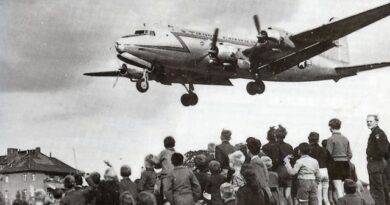Fuselage of Airplane and Materials
Airplanes are designed to transport people and cargo from one place to another. They are designed and manufactured in many different shapes and sizes depending on their intended use. In the figure below you can see the scheme of a typical four-engine passenger plane.
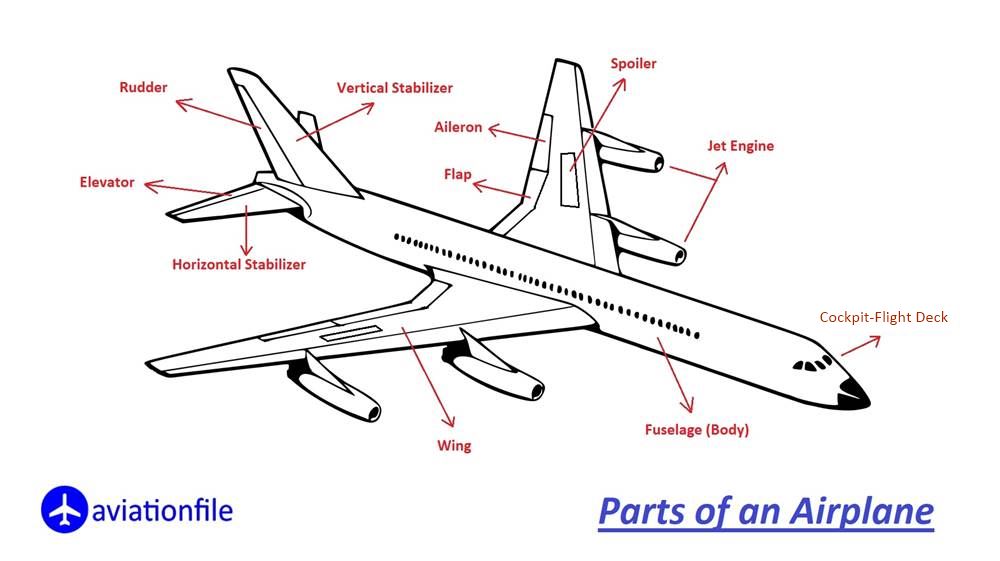
The fuselage of the aircraft is the central part of an aircraft that can be produced from various materials which hold all the parts together. As with many other parts of the aircraft, the shape of the fuselage is normally determined by the usage type of the aircraft.
For example while a supersonic fighter has a very thin, streamlined fuselage to reduce drag associated with high-speed flight, a passenger plane has a wider body to carry the maximum number of passengers.
In a passenger plane, pilots are located in the cockpit part at the front of the fuselage and control the plane from there. Passengers and cargo are transported inside the fuselage, and fuel is usually found in tanks positioned in the wings and under the fuselage. For a fighter jet, the cockpit is normally on the fuselage, the guns are carried on the wings, and the engines and fuel are placed behind the fuselage. The weight of an airplane is distributed throughout the plane.
Fuselage contributes a significant portion of the aircraft’s weight, along with passengers and cargo. Basically the center of gravity of the airplane is the average position of the weight and is usually located inside the fuselage. During the flight; The elevator rotates around its center of gravity due to the torques generated by the rudders and ailerons. The body must be designed strong enough to withstand these torques. Let’s take a look at the materials used in the construction of the airframe.
Wooden Body
For obvious reasons, the early pioneers of aviation were concerned about the weight of their aircraft. The Wright brothers and others’ possibilities were limited to the engines of their time, and so they built wooden planes to keep the overall weight as low as possible. Aviation engineering design and technology flourished during the first two decades of the 20th century and with the outbreak of the First World War. Classical wire-supported, wooden and fabric biplane aircraft were required. The famous Red Baron of the German army flew many wooden planes during legendary dogfights. Wooden hulls are still used today by those who make their own light aircraft for hobby purposes.
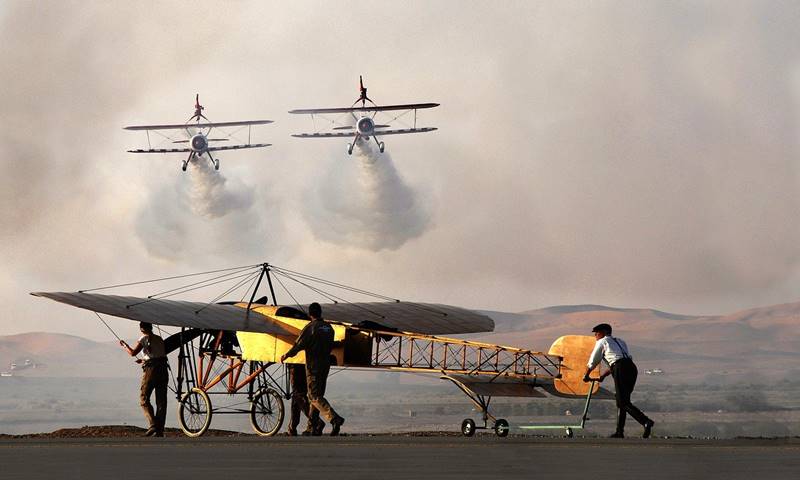
Aluminum Body
Advances in engine technology in the 1930s allowed engineers to turn to metal designs. When metal planes were first produced, aluminum was the leading metal. Aluminum used in aircraft construction is generally mixed with other metals to make the aircraft strong and light. While aluminum bodies do not corrode as easily as those made of steel, many supersonic planes do not use aluminum on the surface because the heat from friction of flying at such speeds causes the strength of aluminum to decrease.
Steel Fuselage
Steel is stronger and tougher but also heavier material. It is used on fuselage of aircraft in the 1930s. The heavier weight of steel prevented it from becoming a popular body material. However, this metal is used to make certain parts of an airplane. The strength and hardness of the steel make it ideal for use in landing gear. The heat resistance of steel also makes it desirable for use on the surface of supersonic planes. The Beechcraft Staggerwing, built in 1932, is the primary example of a steel-bodied aircraft. Staggerwing’s production was extensive and became popular as a fast business plane.
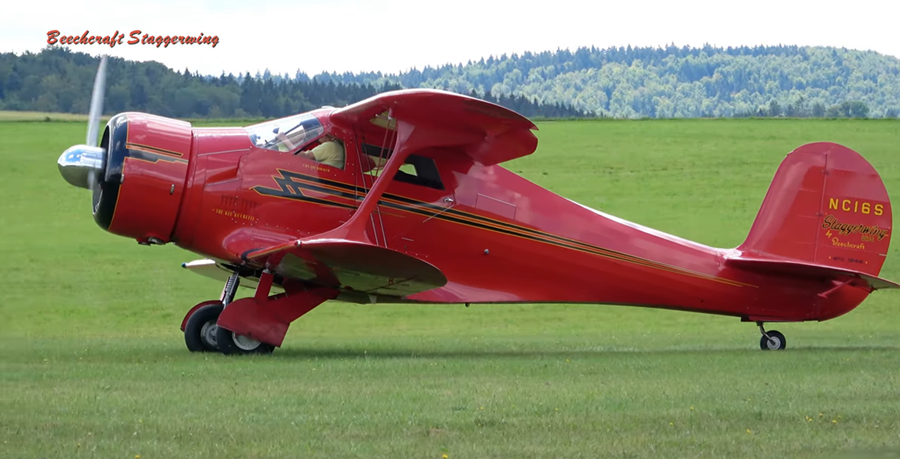
Titanium Body
Titanium and titanium alloys, which have the same strength as steel and are much lighter, are ideal materials for aircraft construction. These metals also resist corrosion better than aluminum and steel. However, aircraft made of titanium are not cost efficient to manufacture, greatly hindering the widespread commercial use of most titanium aircraft.
The most prominent example of a titanium body is the SR-71 Blackbird. First flown in December 1964, the SR-71 was a staple of US air reconnaissance during the Cold War. Blackbird spent approximately 2,800 hours in the air during its 24 years of service.
On March 6, 1990, the SR-71 made its last flight from Los Angeles to Washington DC in 1 hour and 4 minutes, at an average speed of 2,100 miles per hour.
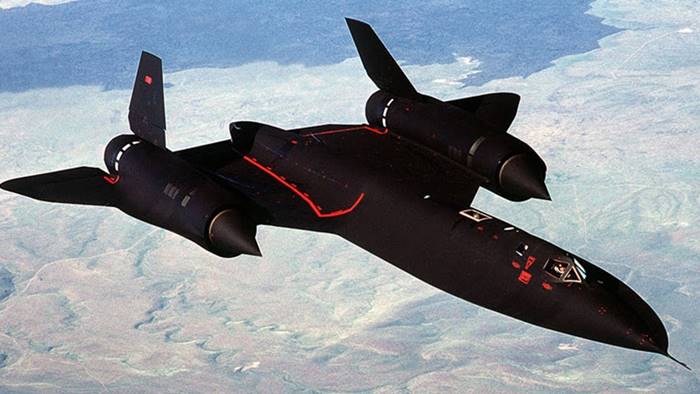
Carbon Composite Body
Fuselage Graphite epoxy or carbon fiber reinforced polymer has become a popular choice for today’s high-end commercial aircraft. Made from flexible carbon fibers embedded in an epoxy resin, carbon composite materials can be stacked in different ways to meet the various demands of maintaining integrity during high speed flight. These carbon fiber materials are approximately as strong as aluminum, but only half the weight of aluminum. While carbon composite materials are not yet widely used in the aviation industry, Boeing’s 787 Dreamliner aircraft were the first large aircraft to use carbon composite in more than half of its fuselage.
